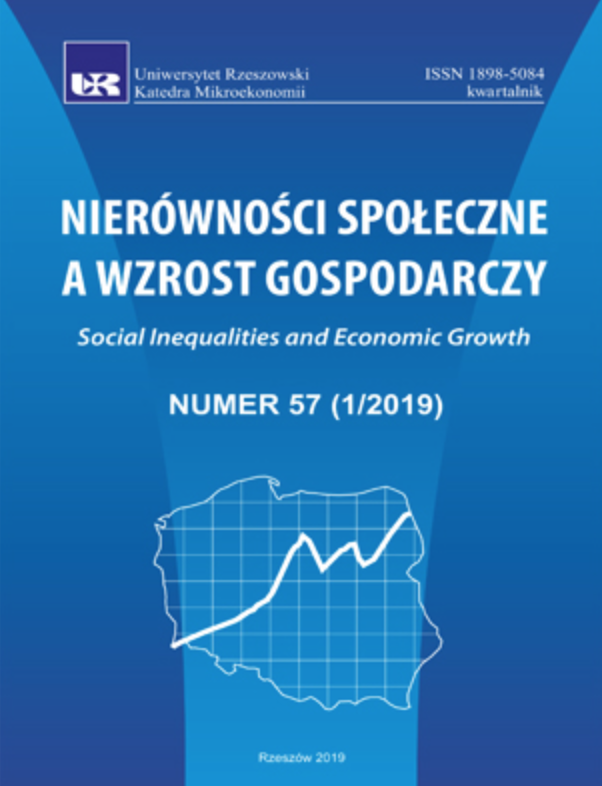Historia polskiej płacy minimalnej na gruncie teorii pomiaru kapitału ludzkiego i godziwych wynagrodzeń
The history of the Polish minimum wage based on the theory of measuring human capital and fair remuneration
Author(s): Barbara OliwkiewiczSubject(s): Socio-Economic Research
Published by: Wydawnictwo Uniwersytetu Rzeszowskiego
Keywords: minimum wage; human capita; fair remuneration
Summary/Abstract: Nowadays, remuneration is one of the most important socio-economic issues. It is people andtheir capital that create the value of a business unit and are the source of its success. According to thetheory of measuring human capital and decent wages, human capital is a potential ability to work,work is a transfer of capital to work objects, and remuneration is a payment for work performed inaccordance with its value. Good payment of human capital is a guarantee of its reproduction.The Polish minimum wage was introduced for the first time in 1956. Its role in the pay systemhas undergone numerous changes over the years. However, it has always been a category definingthe minimum level of remuneration for work guaranteed by the state. The minimum wage is, on theone hand, securing employees against exploitation on the part of the employer, while on the otherhand it can be an obstacle to combat unemployment.The article aims to present the history of the minimum wage in Poland from the beginning ofits existence and to examine its compliance with the value of human capital determined on the basisof a contemporary theory of measuring human capital and fair remuneration. The first part of thestudy presents the history of the Polish minimum wage and contemporary views on human capitaland fair remuneration. In the following, in line with the theory of human capital and wages, the Polishminimum wage is calculated and its compliance with the statutory minimum wage is examined.The analytical and descriptive method was used to achieve the goal. The empirical tools used forverification were literature studies and studies and analyses of statistical data.
Journal: Nierówności Społeczne a Wzrost Gospodarczy
- Issue Year: 2019
- Issue No: 57
- Page Range: 420-431
- Page Count: 12
- Language: Polish

